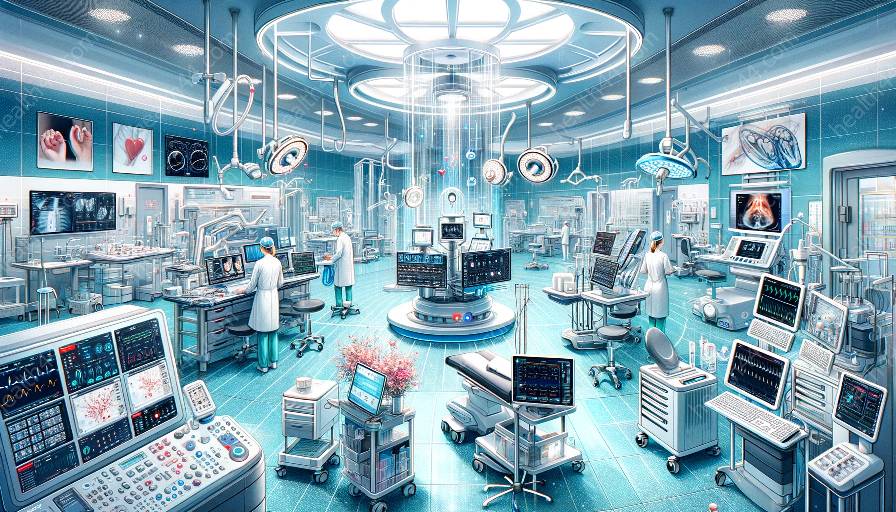Understanding the Complex Interplay Between Biofluid Mechanics and Medical Device Design
When it comes to the field of bioengineering and medical devices, the integration of biofluid mechanics and medical device design is crucial. Biofluid mechanics plays a key role in understanding the behavior of fluids within the human body, while medical device design focuses on creating innovative tools to diagnose, monitor, and treat various medical conditions. The marriage of these two disciplines has led to groundbreaking advancements in healthcare and has revolutionized the way we approach medical treatments.
The Fundamentals of Biofluid Mechanics
Biofluid mechanics refers to the study of the behavior of fluids (such as blood, air, and other bodily fluids) in biological systems. It involves the study of fluid dynamics, rheology, and the interaction between fluids and solid structures within the body. Understanding biofluid mechanics is essential for designing medical devices that interact with the human body, such as catheters, stents, and artificial organs. By comprehending the intricate flow patterns and pressure differentials within the body, engineers and medical professionals can develop precise and effective medical interventions.
Applications of Biofluid Mechanics in Medical Device Design
The principles of biofluid mechanics are applied in the design and development of a wide range of medical devices. For instance, in cardiovascular medicine, biofluid mechanics is instrumental in creating blood flow models to improve the design of pacemakers, heart valves, and stents. Additionally, biofluid mechanics plays a crucial role in respiratory medicine, as it helps in designing more efficient ventilators and respiratory support devices. Moreover, in the field of drug delivery systems, biofluid mechanics guides the development of precise and targeted drug delivery devices that can effectively navigate the complex fluid dynamics within the body.
Challenges and Innovations in Biofluid Mechanics and Medical Device Design
The relationship between biofluid mechanics and medical device design presents unique challenges and opportunities for innovation. One of the key challenges is simulating the complex flow dynamics within the human body, which often involves non-Newtonian behavior and irregular geometries. However, advancements in computational fluid dynamics (CFD) and medical imaging technology have enabled researchers to create highly accurate models of fluid behavior, leading to more sophisticated medical device designs.
Furthermore, the integration of materials science and biofluid mechanics has facilitated the development of biocompatible materials for medical devices, allowing for enhanced compatibility with bodily fluids and tissues. This has opened new avenues for creating sophisticated implants and prosthetics that seamlessly integrate with the body's natural biofluid environment, improving the overall performance and longevity of medical devices.
Role of Biofluid Mechanics in Enhancing Medical Device Safety and Efficacy
Understanding biofluid mechanics is essential for ensuring the safety and efficacy of medical devices. By considering the complex interplay between fluid dynamics and device functionality, engineers can optimize the design of medical devices to minimize the risk of complications, such as thrombosis, embolism, or tissue damage. Furthermore, biofluid mechanics aids in the development of more efficient and reliable diagnostic devices, leading to improved accuracy in disease detection and monitoring.
Future Perspectives and Collaboration in Biofluid Mechanics and Medical Device Design
As the field of bioengineering continues to advance, the future of biofluid mechanics and medical device design holds immense promise. Collaborations between engineers, medical professionals, and researchers from diverse disciplines will lead to the development of cutting-edge medical devices that are tailored to individual patient needs. Furthermore, the integration of artificial intelligence and machine learning with biofluid mechanics will enable the creation of predictive models that can anticipate disease progression and personalize treatment strategies.
Overall, the intricate relationship between biofluid mechanics and medical device design exemplifies the convergence of engineering, biology, and medicine, shaping the future of healthcare through continuous innovation and interdisciplinary collaboration.


